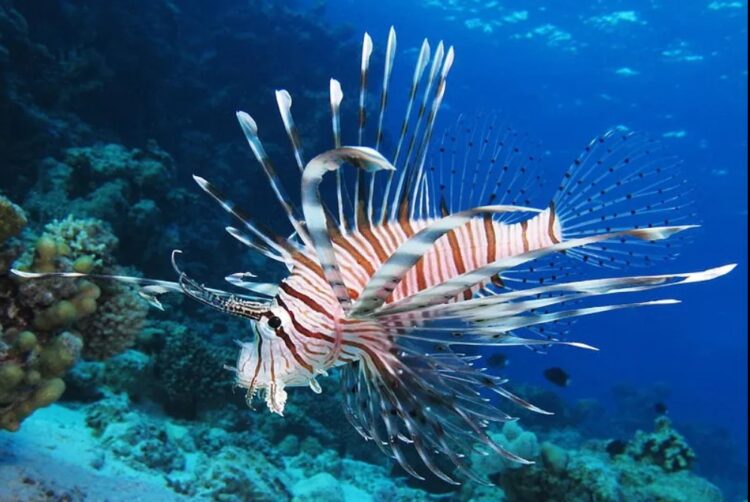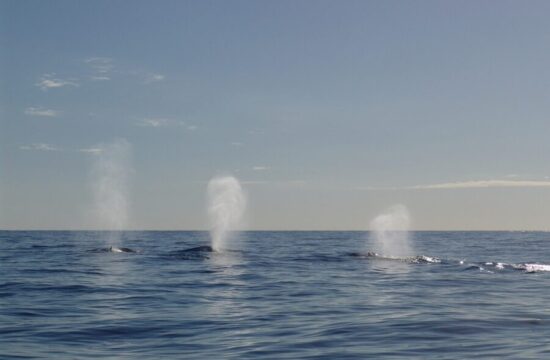
Pero Ugarkovic from the Institute of Oceanography and Fisheries announced in the Facebook group "The Living World of the Adriatic Sea" that two specimens of the invasive lionfish have been caught in the Adriatic Sea in recent days.
“Another invasive lionfish (Pterois miles) has just been caught in the Adriatic Sea. It was caught by Vanja Kalezic on the Lustica peninsula in Montenegro. The catch will be reported to the Institute in Kotor. I assume that we will have at least ten such reports this summer in the southern Adriatic, perhaps also in the central Adriatic. All catches must be reported to the scientists,” Ugarkovic wrote.
“It’s over, the Adriatic is their sea! It did not take long for another catch to be reported. Again on Lustica. Together with this picture of Danijel Djordjevic, this is the third one I have heard of this year. I had predicted a minimum of ten specimens for 2024, but it seems that I underestimated the speed of the spread,” he reported on the new catch just one day later.
Last year, the Institute of Oceanography and Fisheries explained what type of fish it is. Pterois miles, the devil firefish or common lionfish, is a species of ray-finned fish native to the western Indo-Pacific known for its damage to local ecosystems. It feeds on native fish species and is spreading rapidly throughout the Mediterranean.
The venom in the spines can be neutralised by heat
It has poisonous spines on its body that cause severe pain when it stings. There is a possibility that more serious symptoms may occur, so a visit to the doctor is recommended in the event of a sting. Careful handling of this fish is therefore recommended, especially if you catch it while fishing.
Interestingly, the venom in the spines is thermolabile, which means that it can be neutralised by heat. The best method is to keep the stung area in water at a temperature of 40 to 45 degrees Celsius for 30 to 90 minutes immediately after the sting.
The species was first observed in the Adriatic Sea in 2019, and the northernmost find was in 2021 near the island of Vis. It is predicted that the lionfish will appear more and more frequently in our region. It is most often seen near underwater reefs and at shallower depths that are accessible to underwater fishermen and scuba divers. The lionfish has an excellent flavour and can be eaten.





Kakvo je tvoje mišljenje o ovome?
Budi prvi koji će ostaviti komentar!